ANALYSIS: The Racetrack Political Game

This past week has seen the spotlight shine on the motorsport facilities of Australia, and the delicate balancing act that must be played between their place in growing the sport, their financial viability, and external stakeholders, such as residents and local government processes.
Everyone involved in the sport understands the value and utility of permanent circuits.
They form the backbone of a massive motorsport economy and support many valuable functions within the community, such as a place for driver training, charitable causes, and simply keeping speed off the streets.
The downside of motorsport is that it is inherently noisy, and is an easy target for those who take objection to the sound.
Sadly, motorsport has sometimes left itself prone to attack.
The positioning of venues is forever a conundrum – if they are built too far away from major centres, it will be hard to attract customers, but if they are too close to properties, they entice unwanted attention.
There are many quality arguments, backed by both fact and emotion as to why a rural track like Wakefield Park should be encouraged to blossom, and grow its $17million contribution to the local economy, a significant financial driver by any standard.
However, Wakefield Park isn’t the only venue that has become a political football.
Here we examine some key stories, merely scraping the surface – all venues have their tales to tell.

Competitors at Sandown Raceway race with a backdrop of residents, and significant noise constraints.
Good neighbours
Motorsport is fortunate to have various allies in government around the country.
Take for instance relatively recent developments – such as The Bend, Queensland Raceway, Sydney Motorsport Park, Hidden Valley and Morgan Park.
While the first is situated on an isolated stretch of highway with no immediate neighbours and has created an all-in-one automotive destination, the latter quartet contain racetracks clustered with other motorsport facilities.
With different styles of noise buffers in place, the dedicated zones for motorsport can flourish in the knowledge that their operations are protected from the threat of noise complaints.
However, even QR isn’t immune to politics – in 2016, the venue survived a hostile takeover from the local Ipswich City Council, which ultimately unravelled itself in a criminal fashion.
On the flipside, Victorian tracks Sandown and Phillip Island operate under strict noise protocols that govern the operating hours and use of the circuits.
The inconvenience of pushing cars around the paddock, and hurriedly warming up engines at 9am is counterbalanced by the chance to race on tracks in sensitive environments, each with its own unique characteristics.
Noise is a major consideration in modern motorsport, with competitors having to pay the price at facilities that are under threat.
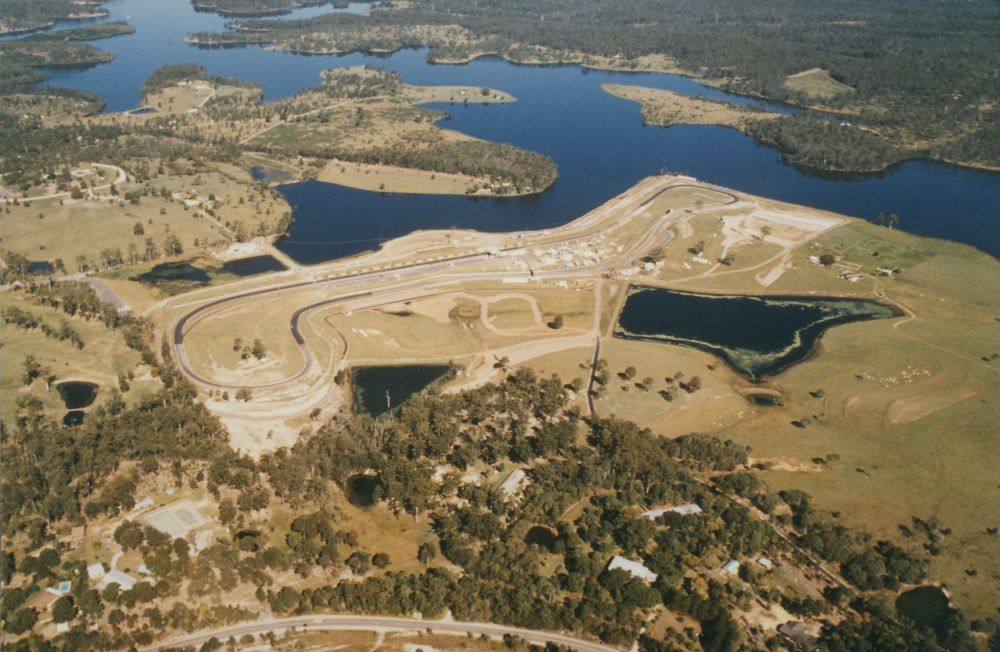
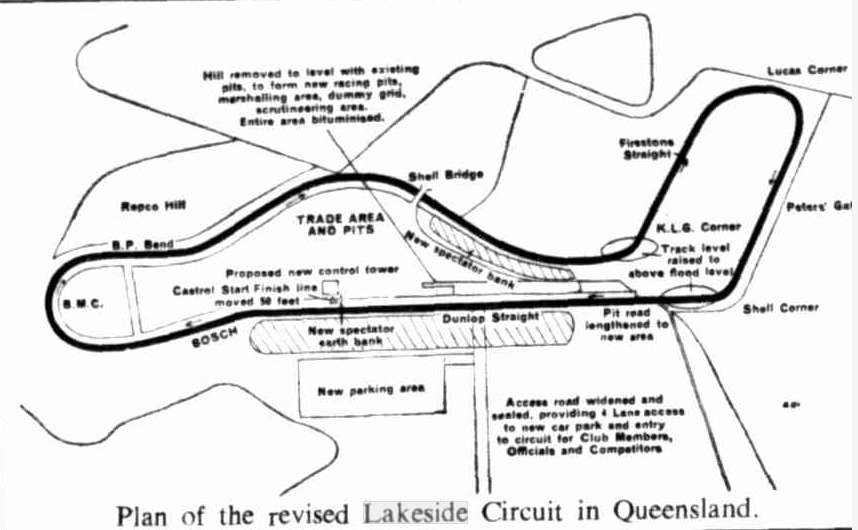
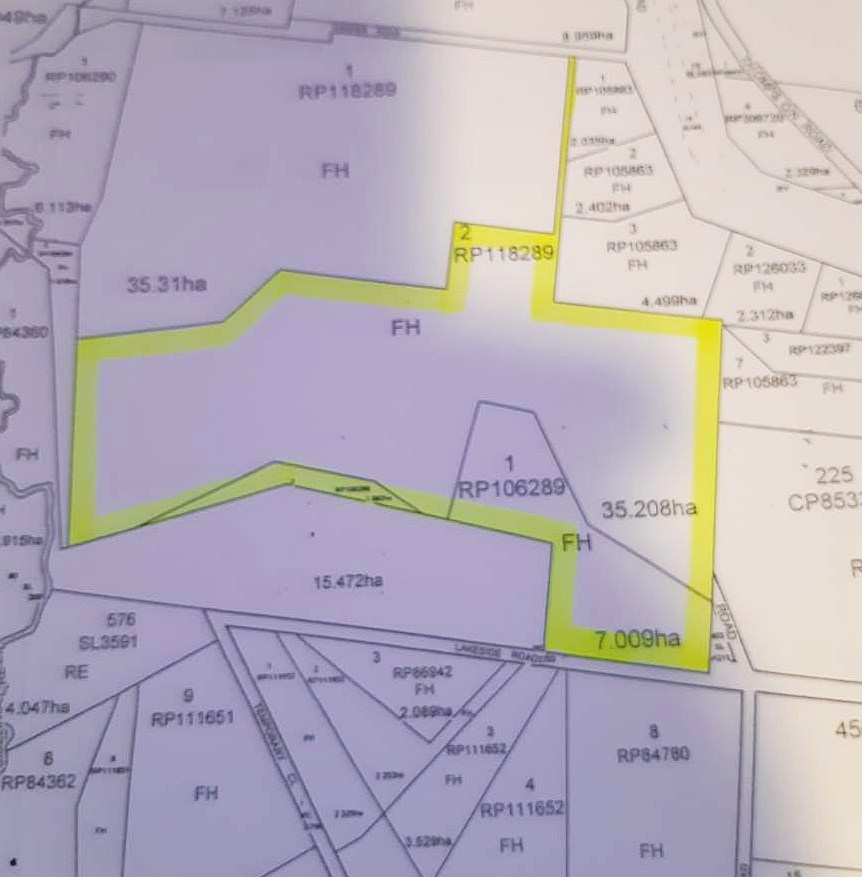
Fractured relationships
Here at The Race Torque, we have delved extensively into the complicated history Lakeside Park and its forerunner Lakeside Raceway have had with the local council since its opening in March 1961.
With the dam wall for the adjacent Lake Kurwongbah being raised and the low-lying portions of the circuit set to be flooded, in 1967 the facility set about shifting over 50,000 cubic metres of earth to lift several sections of the track four feet higher, with the works carried out alongside other major renovations and a full circuit repave.
However, the local Pine Rivers Shire Council objected to the fill’s source, which was created from the hole that ultimately formed a significant lake between the two main access roads to the track.
The Council subsequently claimed ownership of the newly raised portions of the track, leaving the block split into three distinct segments, with a fourth found off-track outside of the Karussell.
An indenture between the parties was struck that allowed the circuit to remain in business, however, the truce was at times uneasy.
When the facility hit the market in 1999, no one was willing to step up to the plate to purchase only 78% of a divided racetrack, and ultimately when the facility fell into receivership, the council scooped up the 35.2 hectares it didn’t already own for a measly $600,000.
Subsequently, Mayor Yvonne Chapman’s statement, “The Council will ensure that Lakeside will never be used for racing again,” would have far-reaching implications for the venue’s future use, right to this day, with the words arming residents against the venue with a basis for complaint.
In Lakeside’s first 40 years of trade, it received a total of six noise complaints. However, two residents alone have reportedly placed over 1,000 grievances since its reopening, which has dragged into a messy and expensive fight for all involved.
How different would the Lakeside story be if in 1967 it had not gone down the path of an easy-fix solution?

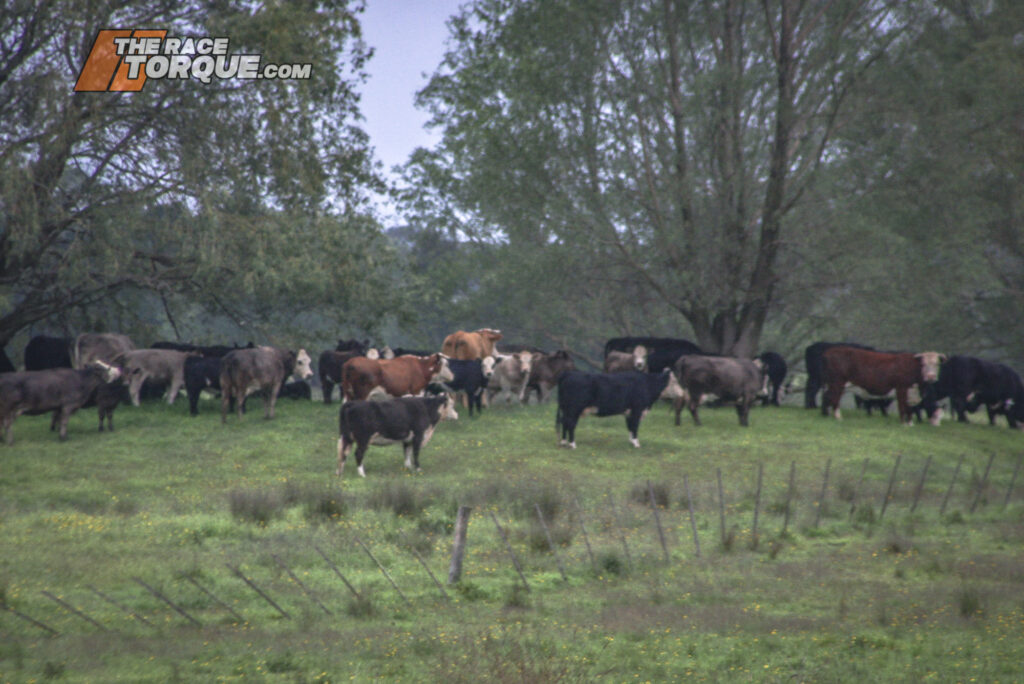

The battle of Goulburn
The recent ruling by the Land and Environment Court on Wakefield Park is a hefty read, but it lays down the various mechanisms that have resulted in the current situation at the track.
Established in 1994 by founding fathers Paul Samuels and John Carter, the circuit was proclaimed as the “Home of Club Motorsport,” and one of the few privately owned circuits in the country, with its rural setting said to be key to its long-term prosperity.
The venue was sold to Rob Hodkinson and Paul Phillips in 2000, and that year, the V8 Supercars Konica Series rolled into Goulburn, ditto the PROCAR Series, with the operation of the track evolving significantly under the new management.
By the time the Benalla Auto Club took over custodianship of the venue at the start of 2007, the wheels were already well and truly in motion for the current situation to develop.
No matter if it is a motorsport venue or any other block of land, usage is controlled by government zoning or other specified deals. In the case of Wakefield Park, “The 1993 Consent” agreement between the council and the venue outlined the use of the circuit in what is otherwise a farmland setting.
In the Statement of Environmental Effects on that original development application, there was a provision for 48 days of use per year, however, in an expert report regarding the economic impact of the current-day venue, provided as evidence for the latest court case, Wakefield Park is said to now operate 280 days a year.
Responding to noise complaints from local residents, in 2019 the Goulburn Mulwaree Council issued a prevention notice, which was appealed, and in 2020 resulted in preventative measures being instigated, including noise monitoring equipment, plus caps on events – 75 days per year up to 95dB and 50 up to 85dB, with the rest not to exceed 83dB.
Following that judgement, Wakefield Park was then essentially compelled to file a new development application for the ongoing use of the venue in alignment with the modern trade of the facility, including plans to improve its infrastructure significantly.
The circuit appealed the dispute to the State Land and Environment Court, reacting to the draft conditions of the council’s DA decision one day before it was handed down. The matter subsequently bounced between the two parties in July and August last year.
Wakefield Park’s principal arguments were that the revised arrangements for the facility’s use were too onerous in terms of acoustic and economic impact.
The council meanwhile pointed to the venue’s operations now exceeding the terms of the original consent for the facility, and that the track is seeking to use its current operations as a benchmark for entitlements into the future.
Essentially, the facility “would benefit from past wrongdoing”.
In February this year, the Council issued a show-cause notice to the venue, when the 95dB noise threshold at 30m was allegedly breached more than 500 times during a meet, with a maximum reading of 124.1dB recorded.
While Wakefield Park is now an important national-level facility with year-round use, that very success is the grounds for complaint.
The latest ruling included multiple submissions from at least six residents, which contained a mix of those pro the venue, and those clearly against.
An unedited selection of the published statements from those opposed to it included:
- The Applicant (read: Wakefield Park) has no regard for residents in the area, no history of sharing information about noise generated by the Raceway and has expanded operations in recent years.
- Resident concerns have escalated since the Applicant purchased the site in 2006, with no goodwill evident from the Applicant.
- Despite a chronology of efforts by the Council and community over five years to address noise, the Applicant has resisted any concessions, or amendment to its business model.
- Instead, residents have had to modify homes, replacing doors, windows and roofs at a cost of $100,000 in order to moderate the noise, with limited success.
- There appears to have been a long period of ineffective enforcement, lack of community consultation and even financial support for the Raceway despite a record of disregard for proper planning process.
- There is also a common thread in the public submissions at what is considered a lack of regard for the resident community demonstrated by the Applicant in failing to manage social media activity by Raceway participants and supporters seeking to ‘troll’ neighbouring and nearby properties.
As reported widely, the new Development Application for the venue was approved by the NSW Land and Environment Court, meaning works could commence on a fresh pit building and other infrastructure, however, it also prescribed an immensely restrictive noise monitoring regime, which would limit the venue to only 30 days of operation annually.
TLDR: The courts largely agreed with the council that the venue is good for the economy and it can improve its facilities, but by the same token, the spirit of the originally approved venue has morphed into something different.
Wakefield Park took the Council to court but ultimately got a worse outcome, with the two parties now having to cooperate to find a workable middle ground to enable the venue to continue operating into the future.

The reaction
Wakefield Park:
“Wakefield Park’s owners, the Benalla Auto Club (BAC), undertook LEC proceedings in relation to a new development consent for the facility that was issued by Goulburn Mulwaree Council on 13 July 2021. That consent was subject to numerous unworkable conditions. During the proceedings, Council proposed further and more stringent conditions.
“While Wakefield Park’s appeal was upheld by the LEC, the LEC largely adopted Council’s proposed conditions. These severely restrict the number of days per year that the circuit can operate at various noise thresholds. Their effect will make it impossible to operate as a sustainable business.
“From yesterday, use of Wakefield Park for more than 4 events per month would constitute commencement of the new consent and require surrender of the facility’s existing consent. Wakefield Park will therefore reduce its operations to no more than 4 events per month until an alternative pathway is determined.
“The LEC decision is a shattering blow to the BAC, which submitted the DA with an intention of upgrading and improving Wakefield Park’s facilities. Wakefield Park’s existence as one of only two permanent motorsport facilities in NSW is now in jeopardy. Nevertheless, the BAC recognises the importance of Wakefield Park not only to the local economy, but to the wider motorsport and automotive industries. It remains committed to exploring all options with every level of government to preserve the facility.
Furthermore:
“Also a number of our neighbours have been criticised about all this. Our closest neighbours are also some of our biggest supporters, who seem to have been misrepresented somewhat in the judgment. It is unproductive to place blame on any of the neighbours, let alone those that support us.”
Goulburn Mulwaree Council:
“For more than a decade, Goulburn Mulwaree Council has sought to work with Wakefield Park and nearby residents to find a balanced and fair outcome for all concerned parties. Throughout this period, it has been Council’s preference to resolve this matter through mediation, without seeking legal action.
“While it is regrettable Wakefield Park’s operators elected to proceed with an appeal in the Land and Environment Court prior to receiving Council’s determination in the matter last year, it was entirely their right to do so. It should be noted that the Commissioner’s determination has imposed significantly stricter consent conditions than those imposed by Council in July 2021.
“Despite comments to the contrary, Council wishes to reinforce that these new and stricter conditions were ultimately imposed by the Court, and not Council, with the Commissioner finding that Council’s determination in July 2021 was in fact generous in comparison with the State’s specific noise assessment criteria.
“It has never been Council’s desire to see Wakefield Park cease operations; only for the venue to operate within the approved consent conditions. Quite simply: Council wants to see a profitable successful Wakefield Park, with the many positive economic benefits which flow from this. However, these must be conducted within the agreed noise levels.”
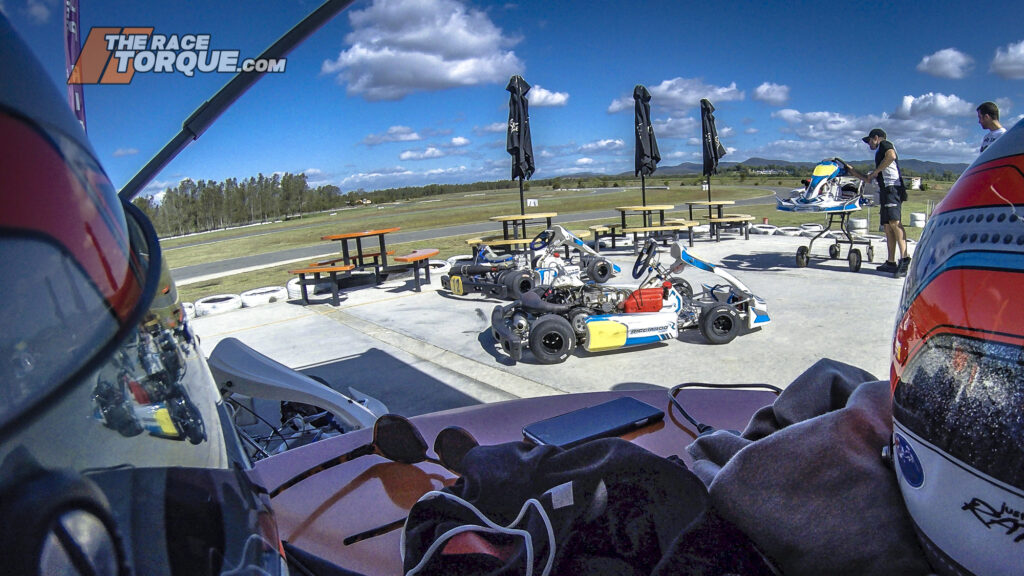





Elsewhere: similar
In another high-profile case of a motorsport venue being shut down, the Gold Coast Motorsport Training Centre at Pimpama has been sitting dormant since July last year.
Like Wakefield Park, the case has a convoluted story that has been told through the courts, with issues that date back to its founding.
Originally approved for the limited use, low-noise WRX Experience in 2010, the venue subsequently grew to be utilised by a wide variety of disciplines and vehicle types, with the initially accepted circuit configurations also changing over time.
The venue lodged a fresh Development Application in October 2014 following an enforcement notice “to make lawful the use that was already being made of the subject land”, which was knocked back in July 2016 and subsequently appealed.
Throughout the proceedings, three different local residents objected to the noise impact of the venue, which closed following the most recent ruling by the Planning and Environment Court of Queensland.
Subsequently, the Support Motorsport at Pimpama Facebook page has attracted over 10,000 followers, as town planners work on a fresh Development Application for the venue.

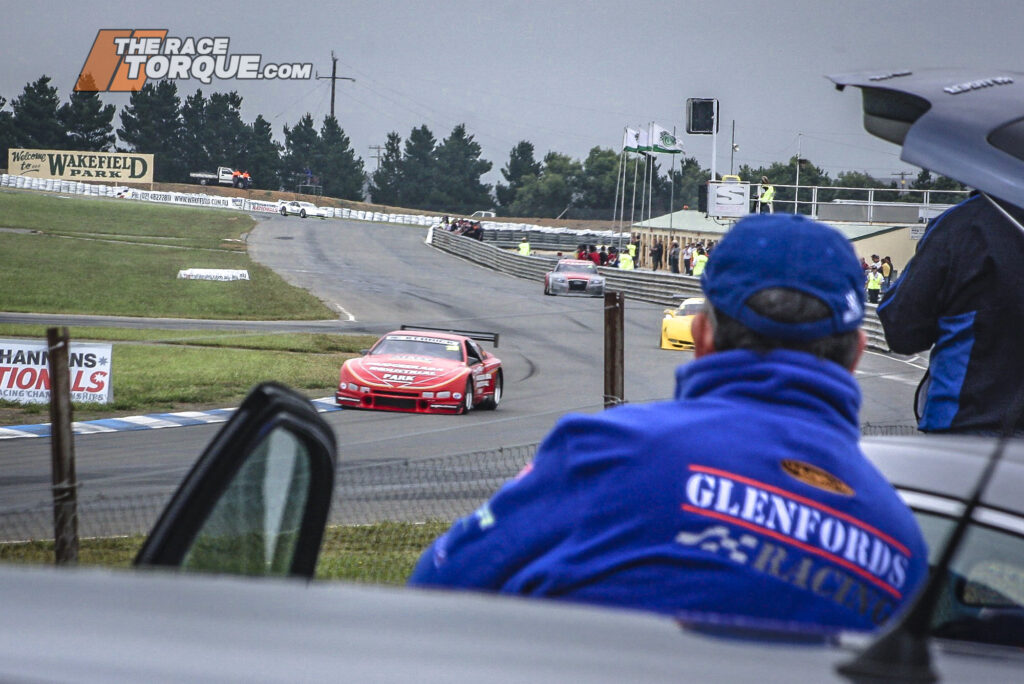

Complicated relationships
Would the Wakefield Park story be any different if the 1993 Consent was addressed prior to it growing into a full-time commercial operation, in some way distanced from its early club-based model?
Furthermore, and this is open to all motorsport venues- is there a role they can play in pacifying and engaging with local communities in the first instance?
When Lakeside first reopened, cars were statically tested not to exceed 92.5dB; if a car backfired on track or caused an exceedance, it was immediately black flagged.
To this end, the racing at the time was practically silent, and as it transpires, the public address system was louder than the race cars and had to be disconnected.
But competitors rolled up: the inconvenience and the cost of fitting a suitable exhaust was outweighed by the ability to go racing.
Across the country, motorsport has constantly come under fire due to noise complaints, and unfortunately, many of the smaller amateur level facilities have fallen by the wayside, because they can’t drum up a massive legal war chest, or a boisterous reaction, or claim to have the economic impact that bigger venues can.
It appears to be a fine line for venue operators in running a successful business, while at the same time, keeping their operations safely within the field of play.







